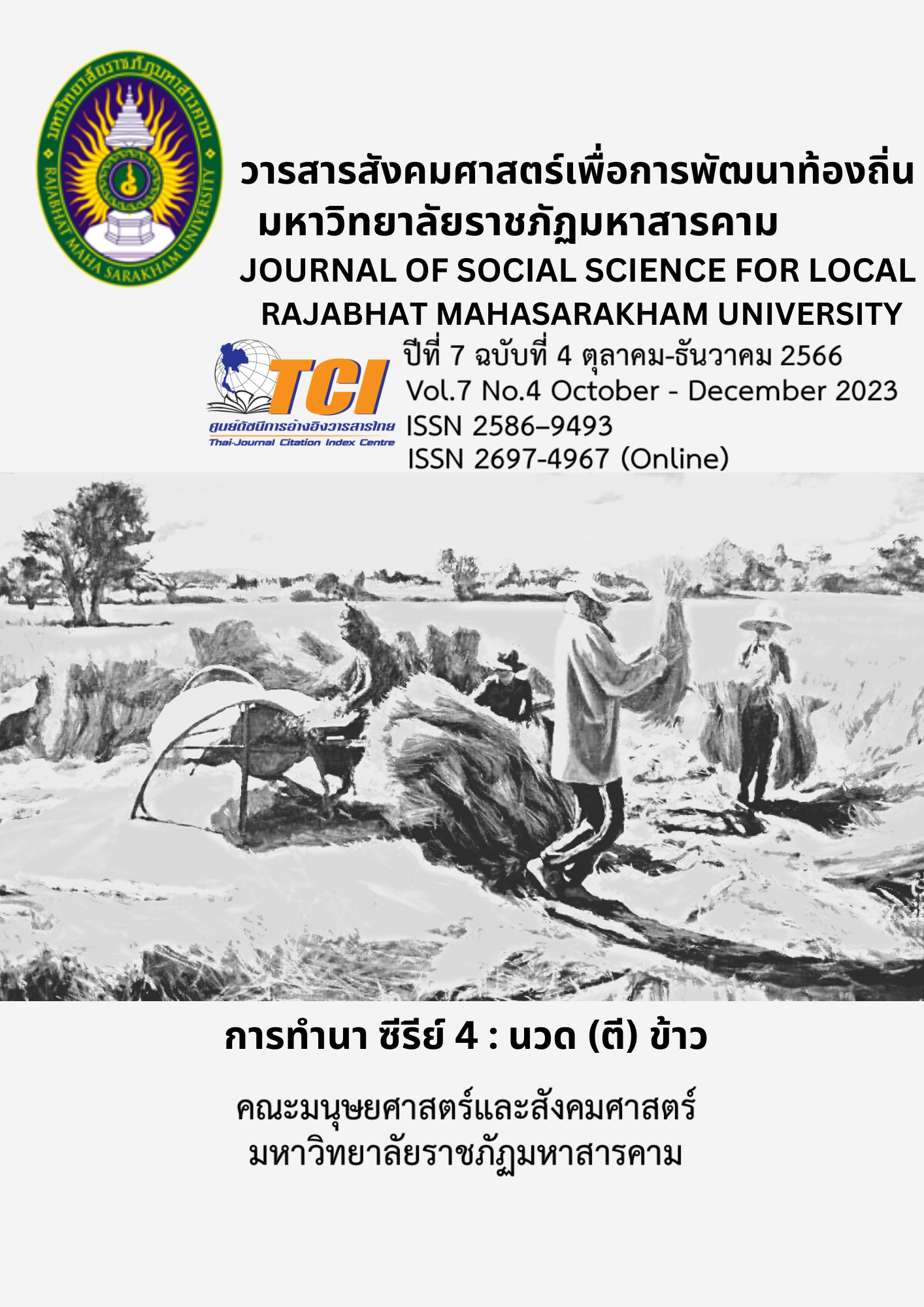The Making of Cognizance Awareness in the Restorative Justice Administration Process: A case study of Law Student Phetchabun Rajabhat University
Keywords:
Restorative Justice Procedures Understanding, Law Students, Activity-Based LearningAbstract
This research purposes were 1. to understand the students’ knowledge on the process of restorative justice and 2. to Enhancing a process in constructing a body of knowledge in the restorative justice for students. The Research is a quantitative research. There is a research tool: a knowledge and understanding assessment using a questionnaire with a 5-level rating scale. The research method involves learning through activities. The sample group was 25 law students from Phetchabun Rajabhat University who were registered in the course on the Constitution of the Court of Justice and Procedural Procedure in the District Court. The data collected from the questionnaire were then analyzed using descriptive statistics consisting of percentages, means, and deviations standard. The results of the study found that 1) understanding of the restorative justice process after studying increased more than before studying in every aspect. The order of knowledge and understanding from highest to lowest is as follows: (1) Understanding of the mediation/conciliation process is at a high level (x̄ = 4.47) (2) Benefits from the restorative justice process are at a high level. (x̄ = 4.42) (3) Understanding of the types of cases used in the justice process is at a high level (x̄ = 4.39) and (4) the format of the restorative justice process is at a high level (x̄ = 4.18) and 2) Guidelines for developing the process of creating knowledge in the restorative justice process for students by learning through activities in the restorative justice process. There are 3 points: (1) healing the damage to the victims (2) creating remorse and compensation. in what has been done wrong and (3) there is the participation of the person involved in the event or damage because the restorative justice process does not require that mediation must only be to compensate for damages in the form of money.


